
Everything You Need to Know About Succulent Care
Published: 20/12/2022 | Updated: 13/04/2023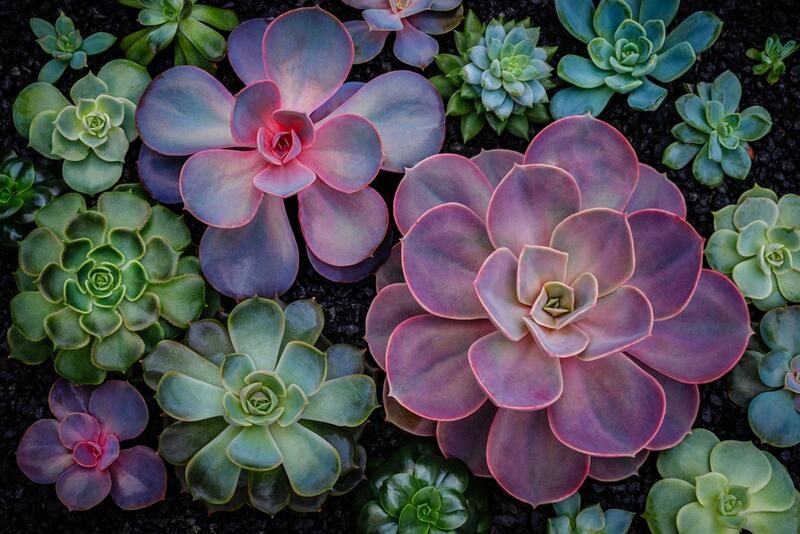
We all love the look of luscious gardens full of sun and greenery. The fresh smell of blossoming plants and dragonflies buzzed around. However, not all of us have the green thumb needed to keep this dream going for long. That's where the beloved succulent comes in! Succulents are a great low-maintenance houseplant to have! Succulents thrive in a variety of different environments as well. They provide such gorgeous color blossoms with almost no care. Let's get into everything you need to know about succulent care so you can start living the green dream!


What Are Succulents?
We get a lot of questions regularly regarding succulent care but the main question we get is what even are succulents. Even though they have grown in popularity tremendously over the years, the question still stands for most. What are these fascinating beauties? Let's dive in.
Plants classified as succulents hold water in their leaves. Although most species and genera have thicker leaves than others, they do not always have enormous, meaty leaves. Due to their preference for dry surroundings, succulents do not do well in high humidity levels.
Just like with any other plant, the best growth and flowering can be achieved with proper hydration. They certainly need water to exist, but by relying on the nutrients and water that are stored in their leaves, they can endure protracted droughts. Their roots will start to rot and die if submerged in water for a lengthy period.
Most succulents enjoy warm temperatures and cannot endure freezing. Plants frequently perish or have mushy leaves when it freezes because of the water that is stored in their leaves. Some sedum and sempervivum species can resist temperatures below freezing, while they thrive in warmer environments. Let's get into more depth on how to take care of these lovely plants!
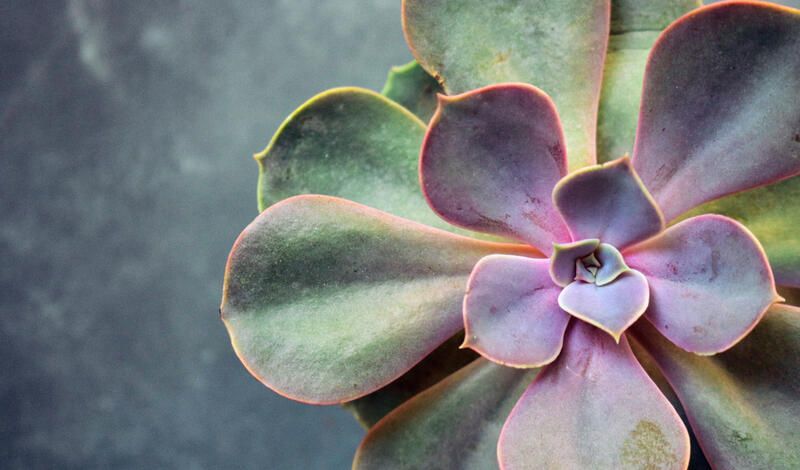
Types of Succulents
There are so many different kinds of succulents. There are common succulent kinds that you've probably never heard of, like Fred Ives (Graptoveria), Rainbow Crest, and Houseleeks (Sempervivum tectorum), as well as the ubiquitous Echeveria (also known as Hen and Chicks), Houseleeks, and snake plant (Euphorbia lactea crest).
There are succulents you can use as a grass replacement or simply just for decoration and color.
Growing Succulents Indoors
Succulents make fantastic indoor plants, but it's important to keep in mind that they require enough sunlight to grow.
Succulents grown indoors should be situated where they receive the majority of their daily direct sunshine. The succulent will get "leggy" and stretch out of the pot if it doesn't receive enough light, alerting you to the problem.
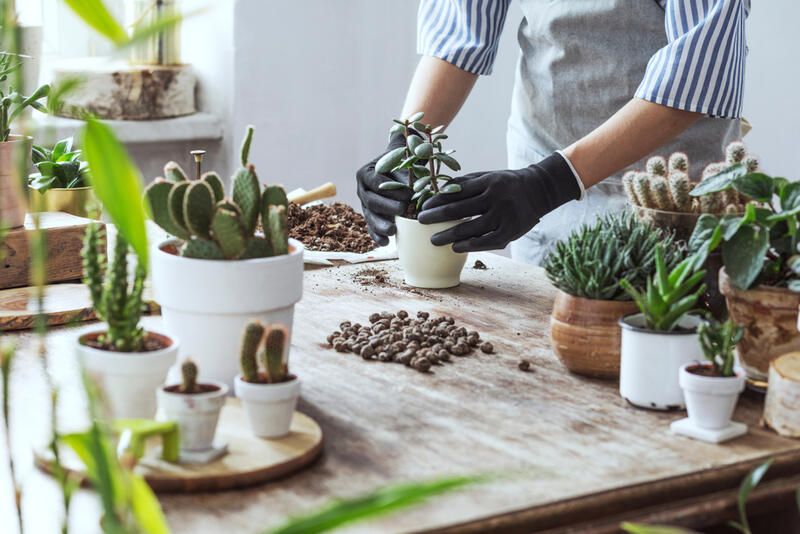
Growing Succulents Outdoors
As long as they are grown in well-draining soil and get plenty of direct sunlight, succulents are certain to be low-maintenance, drought-tolerant outdoor plants.
The majority of succulents will flourish in full-sun hot areas or strong light, though it pays to verify the plant label for ideal growing conditions or attempt to reproduce the location from which the healthy-looking cutting was taken.
Larger succulent varieties like agaves (Agave americana) and Foxtail agaves (Agave attenuata) make excellent accent plants, while smaller succulent varieties can be combined to grow a lush vertical succulent garden on a barren wall in full sun or can simply be grown together in a pot outside.
Basic Care for Succulents
Sun Exposure
Succulents need six hours of sunlight per day, depending on the variety, as they are light-loving plants. Because they can burn in direct sunlight, newly planted succulents may need to be gradually exposed to full sun exposure or provided shade with a translucent screen.
Give succulents full sun for half the day, ideally in the morning, and bright or dappled shade the rest of the time. Remember that the length and strength of the sun's rays vary depending on latitude and elevation, the time of year, and the orientation and placement of your garden. Additionally, in Arizona, succulents that get full-day sun along the California coast could scorch in less than 30 minutes.
The Southwest's native cacti and yuccas, as well as South African aloes, are examples of varieties that will need more sun and won't blossom without it.
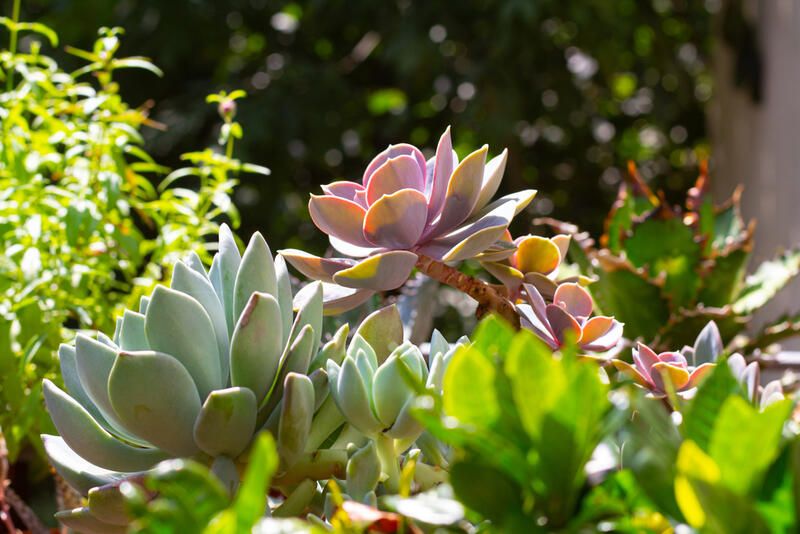
Temperatures
Succulents can typically withstand more rainfall than they would in their natural habitat, but if the soil is consistently wet, their roots may rot. Few succulents can survive outside in climates where nighttime lows of 32 degrees Fahrenheit are frequent. Most of the fine-leaved, perennial stonecrops (Sedum sp.) and hens-and-chicks (Sempervivum sp.) are cold-hardy variations; these species also struggle in temperatures above 80 degrees.
Watering Succulents & Fertilizer
As a general rule, water succulents thoroughly once a week in the summer, twice a month in the spring and fall, and once a month while they are dormant in the winter. Keep succulents dry and provide excellent drainage holes for their roots. Making sure you don't provide excess water is as important as avoiding under-watering them.
Succulents rely on stored moisture when they are not given enough water. Roots may desiccate and growth may stop if the soil dries out completely. Some succulents can grow new roots when the rains come again, but it's ideal to keep the soil approximately as moist as a sponge that has been wrung out.
Increase or decrease the amount of water taking into account:
-
The soil's kind and depth Season
-
Humidity relative
-
Sun exposure duration and intensity
-
Prevailing temperature
-
Species of plant
Apply a balanced liquid fertilizer once or twice in spring, diluted to half strength.
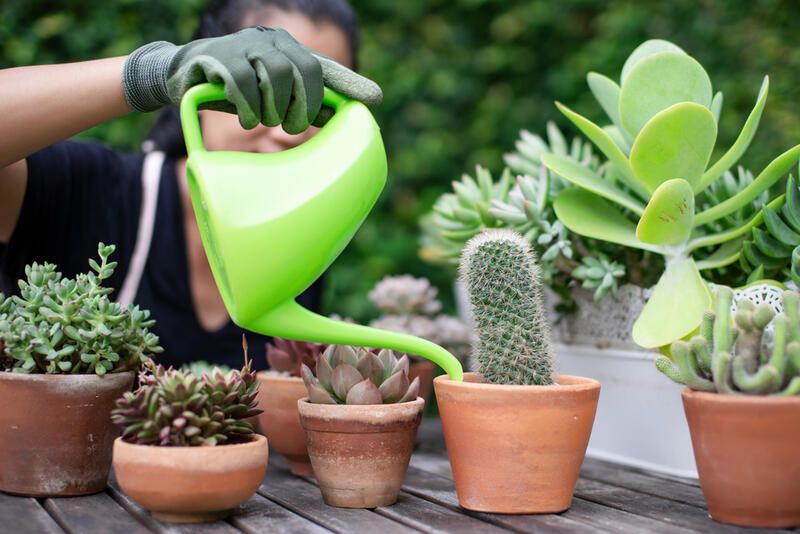
General Rule for Soil & Drainage
A gritty, quick-draining mixture makes the best soil for succulents, whether they are grown in the ground or containers. Although you may purchase bagged cactus mix, making your own is less expensive.
Even though soil types differ from place to place and even within a single garden, the fundamental rule for in-ground plantings is:
-
1/3 of it is garden soil
-
thirty percent compost
-
a third of pumice
Reduce the amount of compost and replace it with sharp (large-grained) sand, such as builder's sand or crushed granite, if you're primarily growing desert succulents. Avoid having roots sit wet by planting on top of clay if your native soil has poor drainage (typical of clay). You can do this by using raised beds or mounded soil.
Any bagged potting soil should be blended with pumice for pots. For cacti and rotund euphorbias, up the pumice content; for fine-leaved succulents like sedums, down it.
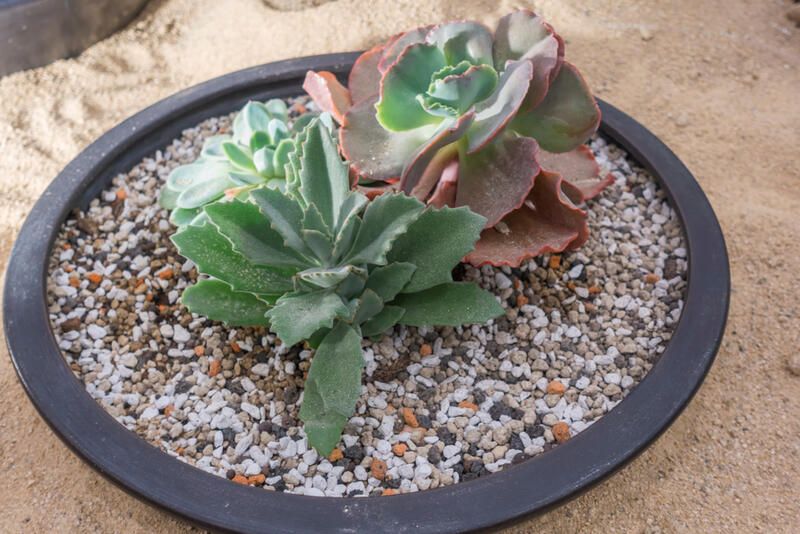
Pests
Give succulents excellent air circulation to avoid pests. Aphids and thrips prefer flower buds, scale prefers stems, and mealybugs—which resemble lint—dig into leaf axils.
Spray 70% rubbing alcohol that has been mixed 50% with water on bugs. Scale can be removed with a scraper, but if it still appears, use horticultural soap (not dish soap) and horticultural oil to treat it. To prevent the pests from spreading, immediately isolate any infected plants and thoroughly clean the area.
In humid climates, mold may be an issue; keep succulents as dry as you can (which sounds simple but is not).
Take cuttings from unaffected growth and plant them in new soil if pests appear to be winning. Before reusing the pot, clean it of all diseased plant matter.
Winter Care
Your succulents will hibernate during the winter months of December and January and will hardly ever exhibit any indications of development. Here is where overwatering can really hurt your plants and is also where the majority of losses can happen. Before you water, make sure the soil has very little moisture. When the days start to become longer, around the middle or end of February, you will notice that your plants are once again actively developing, which is your cue to begin watering more frequently.
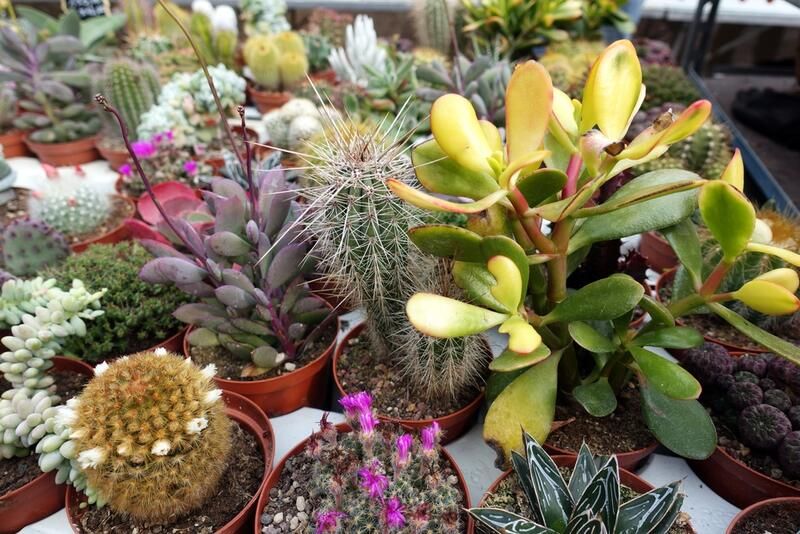
Year-Round Care Tips
Watering any plant should generally be done in the morning so that it has time to absorb the moisture before the heat of the day sets in. Use a tiny instrument to break up the soil's surface if it seems as though water is being repelled by the soil due to the concentration of stones or silt. If the leaves on your plant begin to shrivel, you are not watering frequently or thoroughly enough. Although you might have to remove a few leaves, you won't completely lose the plant.
Low Maintenance Plants to Consider: The Perfect House Plant
It can be difficult to even start because there are so many options! Listed below are a few of our favorites:
-
Nussbaumerianum, Darley Sunshine, Angelina, Fine Gold, Lemon Ball, Adolphii, and Adora Blue are some varieties of sedum.
-
Jade, Small Red Carpet, Variegata, Princess Pine, Hobbit, Campfire, and Pagoda make up the Crassula plant.
-
the Sempervivum (hardy types zone 3) Sir William, Forest Frost, Black, Hopewell, Red Rubin, and Green wheel.
-
Tomentosa Panda, Flapjacks, Orgyalis, Mexican hat, and common flowering varieties like Calendiva are all examples of kalanchoe.
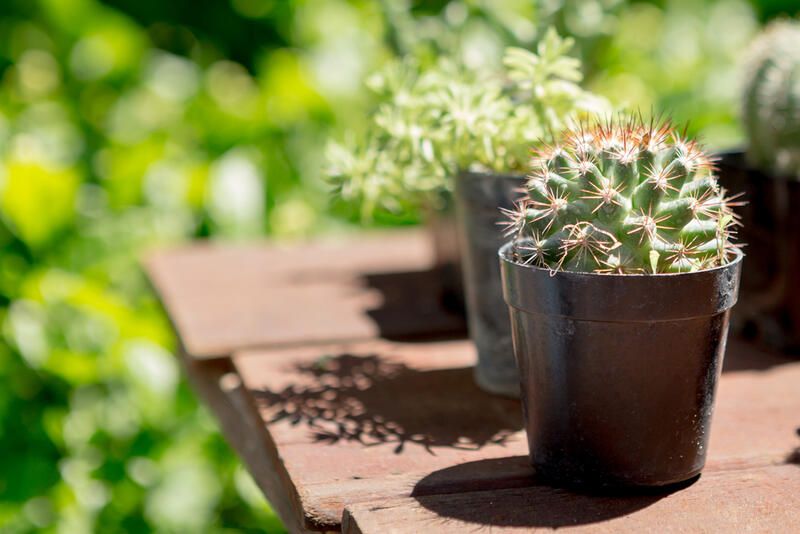
If you already have succulent plants but aren’t sure what varieties you are growing or need help choosing which plants would work best for your climate, head on over to Shrubhub.com for a free plant consultation!


